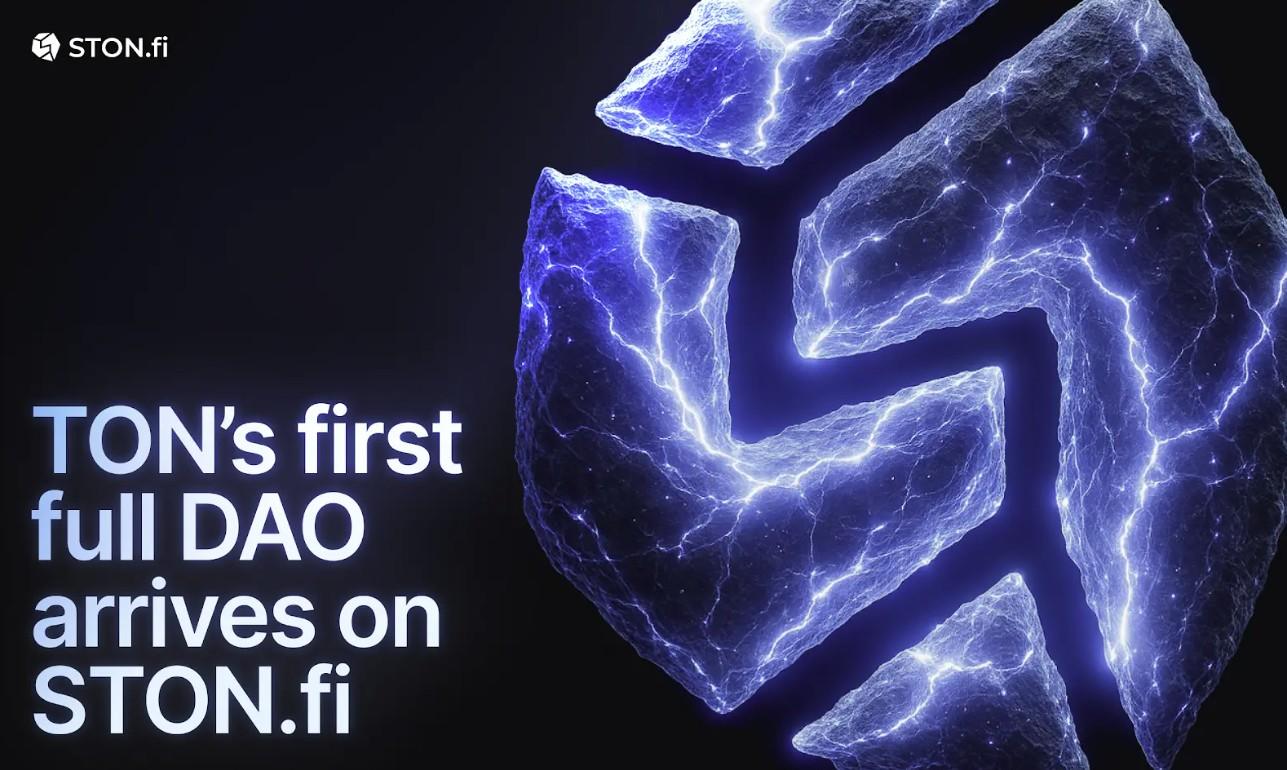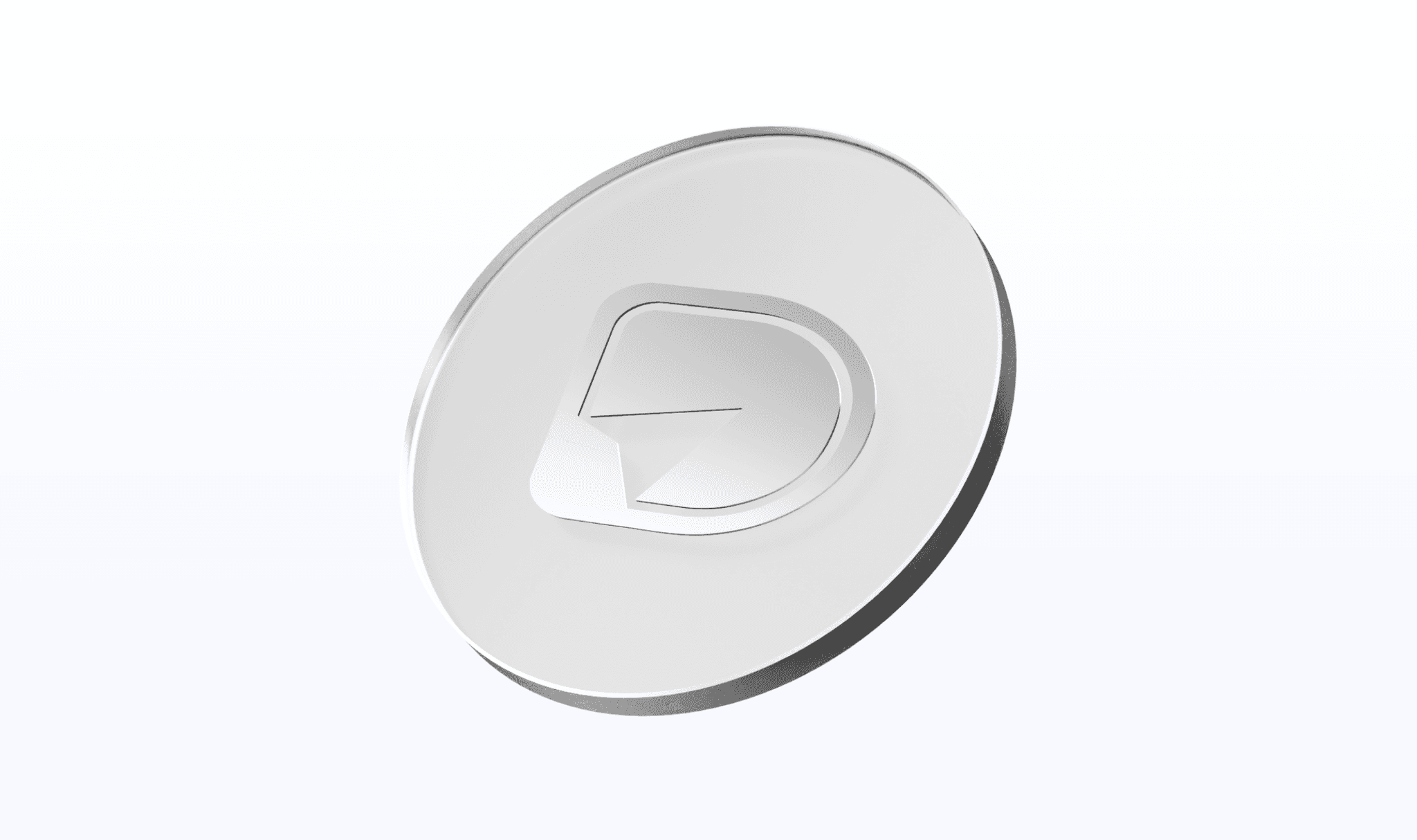TON Innovators: Storm Trade

Welcome back to TON Innovators, our series celebrating the innovative minds and groundbreaking projects within the TON Ecosystem. Today, we’re talking to Storm Trade, a trading and exchange platform seamlessly integrated with Telegram, Wallet, and built on TON Blockchain. Storm Trade is setting new standards by aiming for DeFi mass adoption, exemplifying the synergy between advanced blockchain technology and accessible social platforms.
Now, let’s dive into the story of Storm Trade, its development journey, and the exciting future that lies ahead. We’ll explore the innovative features, community engagement strategies, and the challenges faced along the way
This interview is for informational purposes only and does not constitute an endorsement, approval, or recommendation of the project. The views and opinions expressed in this interview are those of the interviewee and do not necessarily reflect the views of TON Foundation. This is not investment advice.
Storm Trade, welcome to TON Innovators! Can you start by sharing the early days of Storm Trade? What inspired you to create a DEX on Telegram within the TON Ecosystem?
Hi! Sure, I'd be happy to explain how Storm Trade came to be. Our goal was to simplify DeFi and make it accessible to everyone. In the winter of 2023, we took part in a hackathon and won second place, just behind DeDust. That’s when we first discovered the TON Ecosystem and saw its huge potential. We used our winnings to develop our project further, and we realized we were on the right track.
How has integrating with Telegram impacted the user and community experience on Storm Trade? What unique perks does this offer compared to traditional trading platforms?
Telegram is a huge and active platform, with a rapidly growing user base. In some countries, it's the top choice for both personal and professional communication. By integrating with Telegram, our exchange becomes easily accessible and user-friendly. There's no need for KYC or other checks. Just open Telegram, create and connect a wallet, and start trading—all in a few clicks. We aim to make trading as easy as chatting with friends, and our users love us for it.
Can you share a story of a particularly memorable episode that happened on Storm Trade?
Building an exchange is complex, so there are always interesting stories to share. For example, when we added our quest to Notcoin, our traffic became so high that it stopped our bot for a few minutes. We've improved our infrastructure since then, but that moment was unforgettable. It showed us that mass adoption is close for the TON Ecosystem, and we need to be ready.
Security and privacy are critical in DeFi. How does Storm Trade keep users' assets and transactions secure and private?
Running an exchange is serious business, so user safety is our top priority. We’ve implemented several key measures to manage high-leverage trading risks and ensure security and privacy.
First, we conduct thorough audits of our smart contracts to find and fix any vulnerabilities. This adds a layer of protection for our users' funds.
Second, we let users trade with self-custodial wallets, so they retain full control over their assets. This removes the need for KYC procedures, enhancing privacy by keeping personal information off our platform.
Third, our platform has a strong economic risk management model for liquidity providers. This includes multiple risk parameters to ensure stability and security, protecting providers from excessive risk.
We also use a decentralized liquidation engine to handle position liquidations transparently and fairly, protecting both traders and liquidity providers.
Importantly, users only risk the funds they’ve allocated as margin for a position. Even in significant market movements, exposure is limited to the specific funds committed to trades.
Your website says you can “trade everything!” What unique things can users trade on Storm Trade, and what motivated you to offer such a wide range of options?
At Storm Trade, our "Trade Everything" commitment goes beyond cryptocurrencies to include a variety of assets, including real-world assets, all on one platform. We recently added around 20 major cryptocurrency tokens, giving users a wide range of trading options. For example, our new Notcoin futures have quickly become popular.
But our vision is broader. We're working on adding assets beyond cryptocurrencies. Imagine trading Forex and commodities directly from Telegram—like oil futures or shorting gold at historic highs. At Storm Trade, we aim to make trading diverse assets easy and exciting, empowering users to trade seamlessly.
Tell us about your team, who are you guys? What’s a day in the life of the Storm Trade team like? Any unique team traditions or rituals?
Our team isn't very big. It includes 14 professionals from all corners of the world: from smart contract developers to customer support. These are people who have gone through difficult times and grown during their time at Storm. Our typical day starts with planning, but the best part is when we meet in person. Talking together, we see the power of what we’re building. This drives us to reach new heights and never settle.
We also have a meme thread in our work hub. We share memes from our community and laugh as a team. Sometimes, laughing at ourselves is the best way to keep going.
Let’s talk about your backers and partnerships. How have these helped your development and growth?
Yes, partnerships are crucial to our growth at Storm Trade. We work with ecosystem projects, investment funds, and media resources. We regularly host partner tournaments with great rewards, encouraging users to trade, climb the leaderboard, and compete for prizes.
We also work with top investment funds that support our platform with valuable resources.
We’re also excited to announce that we’ve teamed up with Pyth Network and Stork for low-latency price feeds. These partnerships enhance our platform’s capabilities and provide users with reliable market data.
We’re grateful for our partners' ongoing support and look forward to strengthening these relationships in the future.
Can you give us some insight into your user numbers? How successful has the project been so far? What key factors have driven this growth, and how do you plan to keep it going?
Great question. Our user base is quite large, with over 900,000 wallets connected to our Mini App. But we still have an exciting user onboarding process ahead.
Our platform supports community-building features like team tournaments, where traders can collaborate and compete, enhancing the social aspect of trading. We also distribute NFTs as rewards for participating in trading activities, adding a gamified layer that makes the experience more engaging and rewarding. This blend of social interaction and financial activity within a single app makes trading more accessible and fosters a vibrant, interactive community.
Looking ahead, what major developments and new features can we expect from Storm Trade? How do these fit into your long-term vision for the platform?
We have a lot of exciting things in store.
We're moving into SocialFi, adding interactive viral mechanics. Think of clickers but more engaging.
We're also developing 1-click trading, copy-trading, prediction markets, and new trading pairs. Our motto is “trade anything,” and we're committed to proving it.
Additionally, we're working on a secret ambassador program.
All these efforts aim to make Storm a powerful, balanced product—an entire ecosystem.
Finally, what advice would you give to other developers and innovators looking to build on TON Blockchain? What unique opportunities does TON offer, and how can new projects make the most of them?
For developers entering the DeFi space, my advice is to immerse yourself in the ecosystem and stay current with the latest developments. Participate in hackathons and study open-source code for valuable insights and experience.
However, it’s important to remember that success in DeFi requires more than technical skills. Build user-friendly interfaces and ensure strong security measures to gain trust.
Also, don’t forget to focus on product development, marketing, and community engagement. Listen to your users, respond to feedback, and build a strong community around your platform.
Prioritize both the technical and community aspects of your project—this is the key to long-term success.

